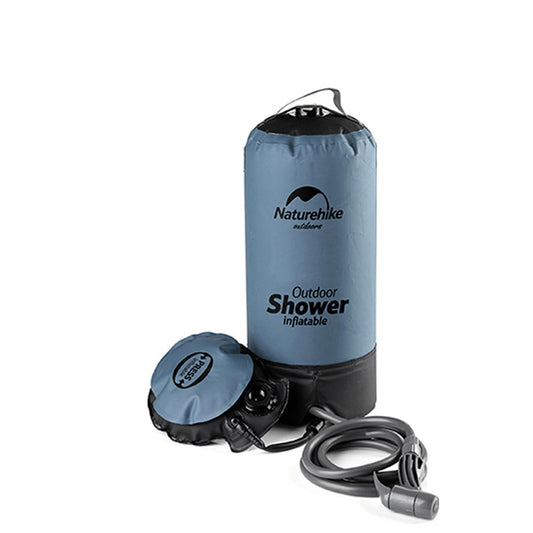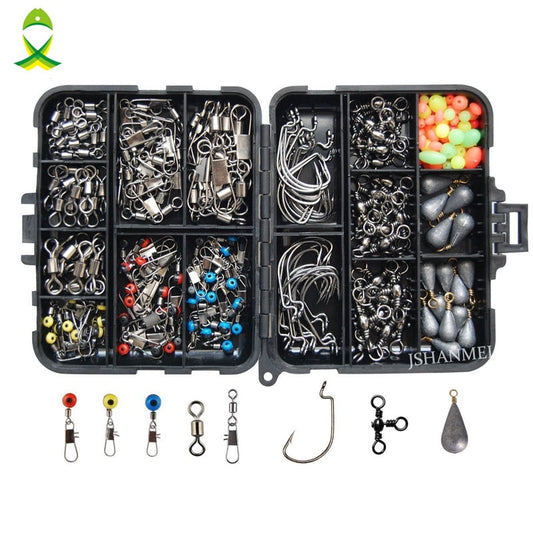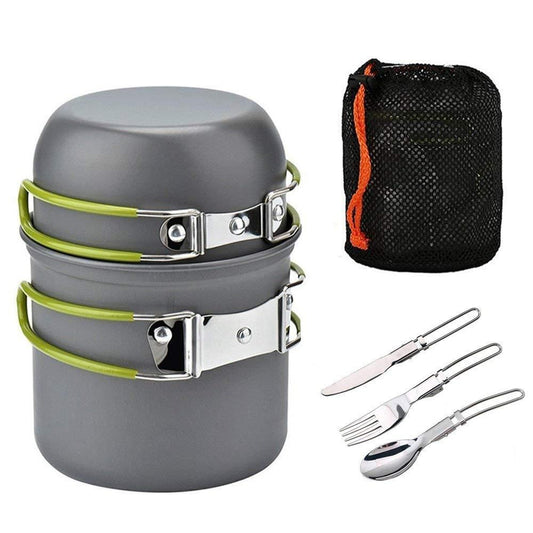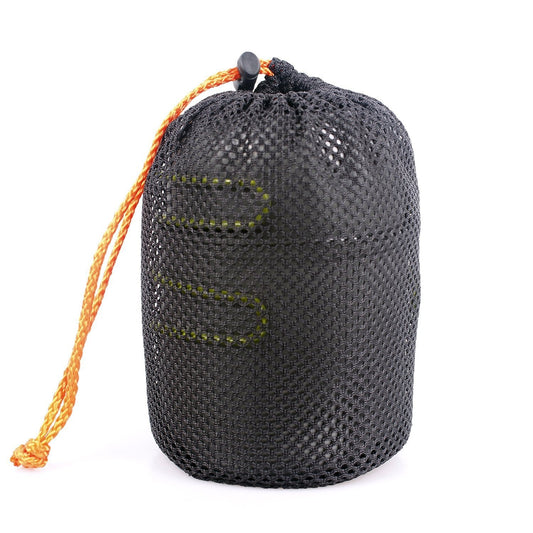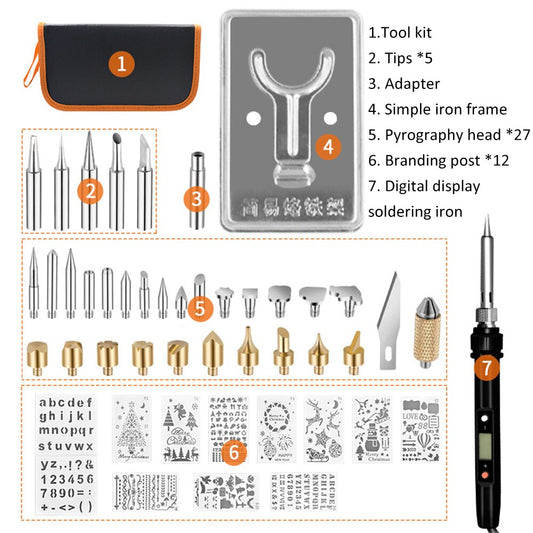
Top Five Medicinal Plants Found in the Desert
Share
When you think of the desert, you might imagine a barren and desolate landscape. However, the desert is home to a surprising variety of plants, some of which have incredible medicinal properties. In this blog post, we will explore the top five medicinal plants found in the desert and their potential health benefits.
I am fascinated by the trial-and-error journey that successive generations of humans have embarked on to discover the specific plants with healing properties.
Written records were used by cultures like the Greeks and Chinese to preserve knowledge about medicinal plants. Meanwhile, oral histories were relied upon by cultures such as Southwest or Amazonian Indian tribes, which lacked written languages, to transmit information about plants over generations.
Many experts including herbalists, doctors, healers, nutritionists, botanists, and home gardeners have been trained to harness the healing potential of plants.
Plants lack warning labels. Certain varieties, such as sacred datura, contain potent and hazardous mind-altering narcotics. Other plants, such as poison ivy, can result in skin reactions or respiratory issues when their smoke is inhaled. Improper use of dried herbs from a health food store can lead to permanent illness or death.
A multitude of resources such as books, websites, journals, herbalists, and teachers are available to offer insight into the uses and medicinal benefits of specific plants.

1. Aloe Vera
Aloe vera is a succulent plant that thrives in arid climates. It has been used for centuries for its healing properties. The gel inside the leaves of the aloe vera plant contains vitamins, minerals, and antioxidants that can soothe and heal the skin. It is commonly used to treat sunburns, cuts, and other skin irritations. Aloe vera can also be ingested to help with digestive issues and boost the immune system.
To harvest aloe vera for medicinal purposes, it's crucial to follow a careful and respectful process to ensure the plant's health and efficacy of the gel. Start by choosing a mature aloe vera plant that is at least three years old, as older plants tend to have more potent medicinal properties. Locate a healthy, thick leaf near the base of the plant. Use a sharp, clean knife to make a clean cut at the base of the leaf, as close to the stem as possible. Be mindful not to damage the surrounding leaves during the process. Once the leaf is severed, place it upright in a container to allow the yellow latex, which can be irritating, to drain out. Allow the leaf to drain for about 10-15 minutes, then rinse it under running water to remove any remaining latex. Trim the spiky edges of the leaf and carefully fillet it open to reveal the clear, gel-like substance inside. Collect the gel with a spoon or scrape it using a knife, ensuring to avoid the yellow layer, as it can cause irritation. Store the harvested gel in a clean, airtight container in the refrigerator for immediate use or future applications. Always prioritize sustainable harvesting practices to ensure the continued health of the aloe vera plant.

2. Prickly Pear Cactus
The prickly pear cactus, also known as Opuntia, is a common sight in desert regions. This plant has been used by indigenous cultures for centuries to treat a variety of ailments. The pads of the prickly pear cactus can be used topically to soothe burns, wounds, and insect bites. The fruit of the cactus, known as the prickly pear, is rich in antioxidants and can help lower cholesterol levels and regulate blood sugar.
Harvesting prickly pear cactus for medicinal purposes requires careful attention and preparation due to its spiky nature. Start by selecting a mature prickly pear cactus, usually identifiable by its vibrant color and plump appearance. Wear thick gloves and use tongs or pliers to carefully detach the ripe pads, known as nopales, from the cactus. Avoid touching the glochids, tiny spines that can cause irritation, by handling the pads with caution. Once harvested, place the nopales on a flat, clean surface and use a knife to trim away the outer skin and spines. Rinse the nopales thoroughly to remove any remaining spines or sap. The nopales can be consumed directly or used for medicinal purposes, such as making teas, poultices, or topical treatments. The gel-like substance inside the pads is rich in antioxidants, vitamins, and anti-inflammatory compounds, making it valuable for various health applications. Always ensure sustainable harvesting practices to preserve the health of the prickly pear cactus population and its natural habitat.

3. Desert Sage
Desert sage, also known as Salvia dorrii, is a perennial herb that grows in the desert. It has a long history of use in traditional medicine for its antimicrobial and anti-inflammatory properties. Desert sage can be used to make a tea that can help with respiratory issues such as coughs, colds, and sore throats. It is also known to have calming effects and can be used to promote relaxation and reduce anxiety.
Harvesting desert sage, scientifically known as Salvia dorrii or Desert Sagebrush, for medicinal purposes requires a respectful approach to the plant and its environment. Begin by identifying a healthy and mature sagebrush plant in a dry, arid habitat, commonly found in deserts and sagebrush ecosystems. Ensure that you have permission to harvest in the area, as some regions may have regulations to protect native plants. To gather desert sage, use clean, sharp scissors or pruning shears to snip the leaves or branches, leaving the plant's main structure intact. Harvesting during the plant's growing season, typically late spring to early summer, is optimal. Allow the cuttings to dry in a well-ventilated area, away from direct sunlight. Once dried, store the leaves in a cool, dark place in an airtight container. Desert sage is revered for its aromatic and medicinal properties, often used in traditional practices for respiratory health and as a natural remedy for various ailments. Always prioritize sustainable harvesting techniques to preserve the delicate balance of desert ecosystems and promote the longevity of desert sage populations.

4. Yucca
Yucca is a versatile plant that is found in many desert regions. The root of the yucca plant has been used by Native Americans for centuries to treat a variety of conditions. It is known for its anti-inflammatory properties and can be used topically to soothe skin irritations such as eczema and psoriasis. Yucca root can also be ingested to help with digestion and joint pain.
Harvesting the yucca plant for medicinal purposes involves a careful and respectful process to ensure the sustainability of the plant and the effectiveness of its medicinal components. Identify a mature yucca plant with healthy, robust leaves. Wear gloves to protect your hands from the sharp, pointed tips of the yucca leaves. Select a leaf close to the base of the plant, and use a clean, sharp knife to make a clean cut as close to the stem as possible. Be cautious not to damage neighboring leaves during the process. Once the leaf is cut, trim away the thorny edges and any damaged portions. Peel back the outer skin to reveal the inner fibers and collect them. These fibers can be used topically or processed further for medicinal use. Yucca is known for its anti-inflammatory and anti-arthritic properties and has been traditionally used by indigenous cultures for various health purposes. Always be mindful of sustainable harvesting practices to promote the long-term health of yucca populations and their ecosystems.

5. Desert Marigold
Desert marigold, also known as Baileya multiradiata, is a flowering plant that is native to the desert Southwest. It has been used by Native American tribes for its medicinal properties. Desert marigold has antimicrobial and anti-inflammatory properties and can be used topically to treat wounds, burns, and rashes. It is also known to have diuretic properties and can be used to promote urinary tract health.
Harvesting desert marigold (Baileya multiradiata) for medicinal purposes involves a thoughtful approach to preserve the plant's health and maximize its therapeutic benefits. First, identify a mature desert marigold plant, typically found in arid regions with well-drained soil. Choose plants that are well-established and have abundant, healthy foliage. Wear gloves to protect your hands, and use pruning shears or scissors to carefully snip the flowering tops or leaves. Harvesting during the plant's peak blooming season, usually in late spring to early summer, ensures the highest concentration of medicinal compounds. After collecting the plant material, allow it to air-dry in a shaded, well-ventilated area to retain its potency. Desert marigold is renowned for its antimicrobial and anti-inflammatory properties, often used in traditional medicine for treating skin conditions and promoting wound healing. Practicing sustainable harvesting, such as leaving enough plants for natural regeneration, is crucial to maintain the ecological balance and ensure the continued availability of desert marigold for medicinal purposes.
While the desert may seem inhospitable, it is home to a treasure trove of medicinal plants. These plants have been used for centuries by indigenous cultures to treat a variety of ailments. Whether you are looking to soothe a sunburn, boost your immune system, or promote relaxation, the desert has a plant for you. As with any natural remedy, it is important to consult with a healthcare professional before using these plants for medicinal purposes.
Please leave your comments below.
Thank you,
Coach Trina @ dragoyle.com





